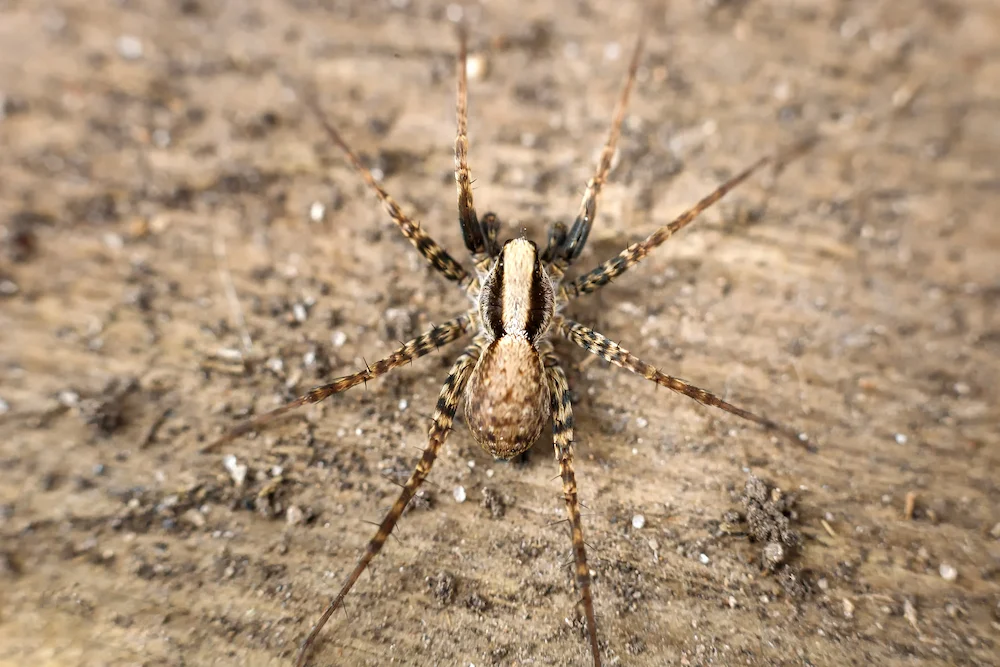Summary: House spiders are one of the most common U.S. pests, so it’s important to know their habits and abilities. This blog gives 10 interesting facts on domestic house spiders and their introverted lives. Romney Pest Control eliminates pests with ease.
House spiders are a paradox. They look creepy as can be, thanks to their furry legs and large pedilaps, but they’re nearly harmless. They actually want nothing to do with us, and we’re not too proud to say that the feeling is mutual.
The general group of house spiders share a lot of similarities, but we want to focus on domestic house spiders today. How much do you know about these common pests and their strange habits? Find out by exploring our 10 uncommon facts about domestic house spiders!
1. They have unique markings.
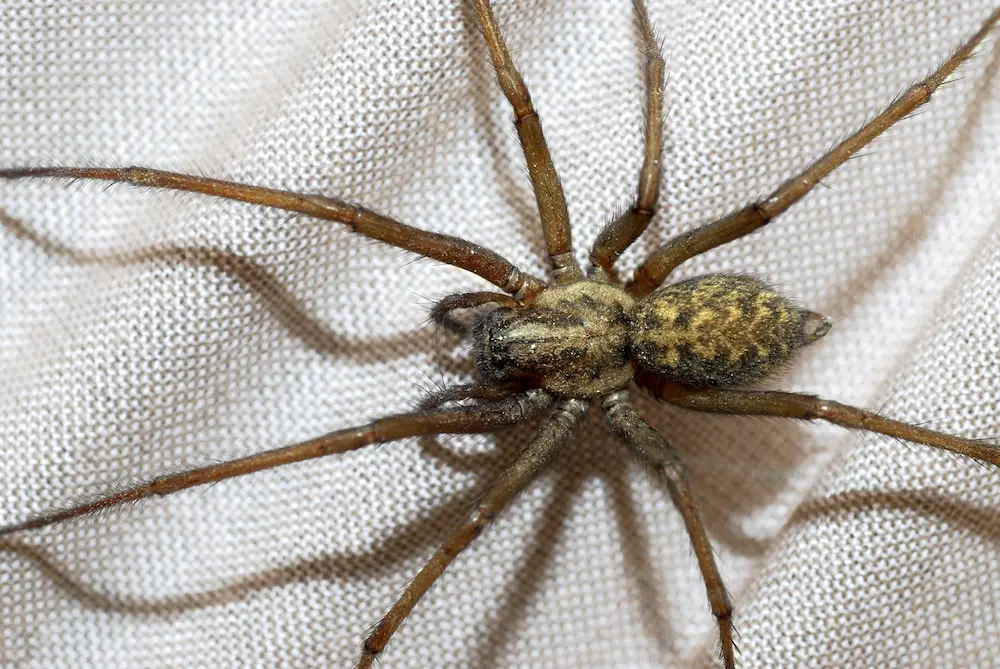
Domestic house spiders have interesting markings when you study them, though we understand wanting to avoid getting too close. They have gray brown or dark brown coloring with markings on every body part. The abdomen and legs have stripes that look like strips of caramel to meet at an angle on the abdomen, often in a herring bone pattern.
2. They have big families.
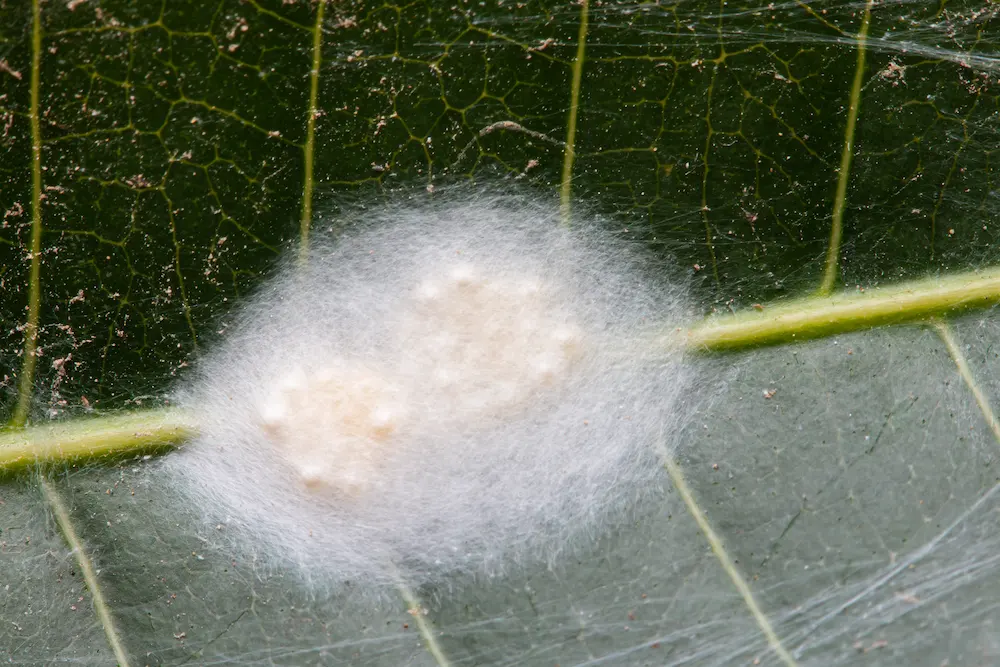
Female house spiders can produce 9 egg sacs in a season and 17 egg sacs in their lifetime. Talk about a big family! There are about 250 eggs in each sac that the female spider puts in the middle of her web, often with another egg sac next to it. The eggs take about a week to hatch and the baby spiders stay close for several weeks until they leave to start their own webs.
3. They’re larger than common house spiders.

This is the other house spider that is — well, common in Texas homes. Common house spiders are about 1/3 of an inch long with their legs, while domestic house spiders are 2 inches long with their legs. Another key difference is their webs. Common house spiders craft tangled webs with an escape hatch, and domestic house spiders make messy sheets in isolated areas.
4. They are a worldwide sensation.
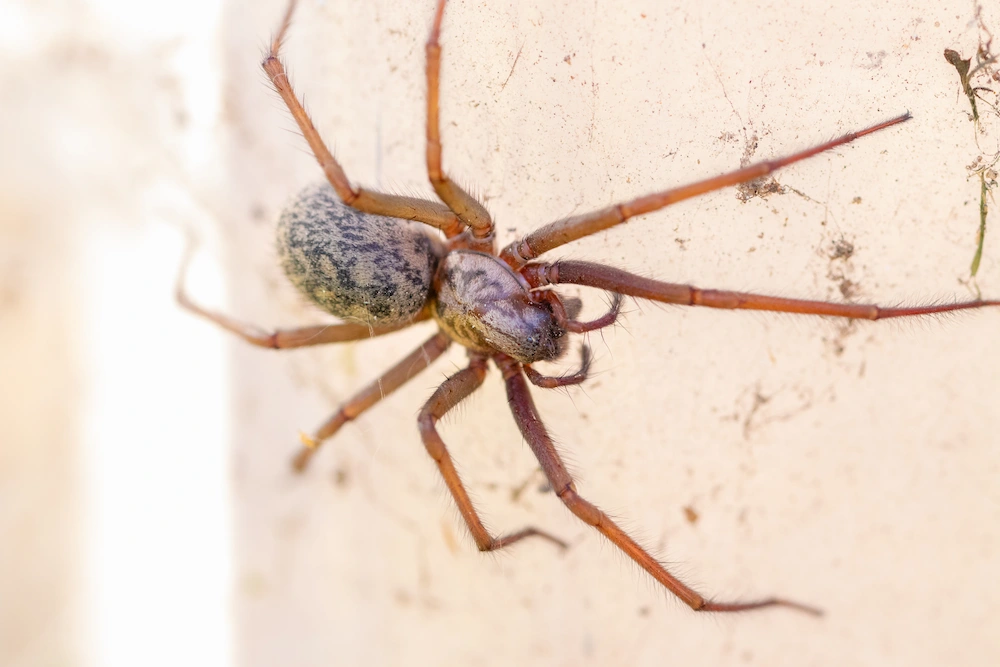
Domestic house spiders are found all over the world. They’re notably common in North America, specifically in the U.S. and southern Canada. Since domestic house spiders thrive indoors, they can survive in most regions and environments. They hide in isolated places inside the house (more on this later). Luckily for us, they’re basically just a nuisance and an eyesore.
5. They’re crafty.
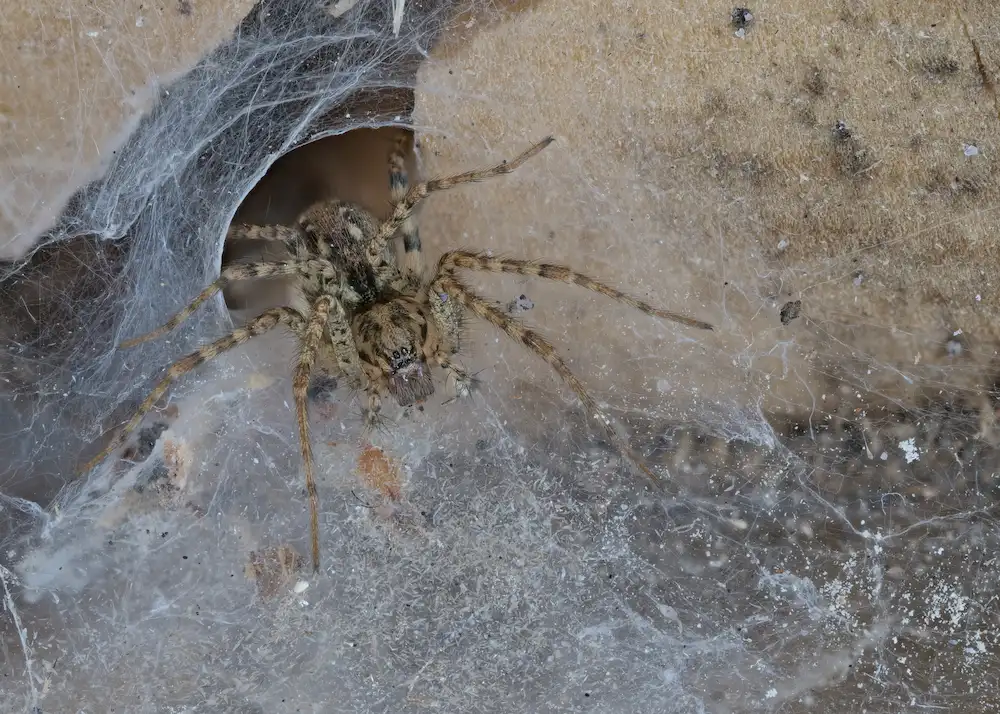
As we mentioned earlier, domestic house spiders create messy web sheets. They weave these webs alone in the cover of darkness and isolation. The structure covers more ground, which makes it easier to catch more helpless insects. There is also a funnel at the back of the web to give the spider an easy escape when a person or animal gets too close for them.
6. They abandon useless webs.
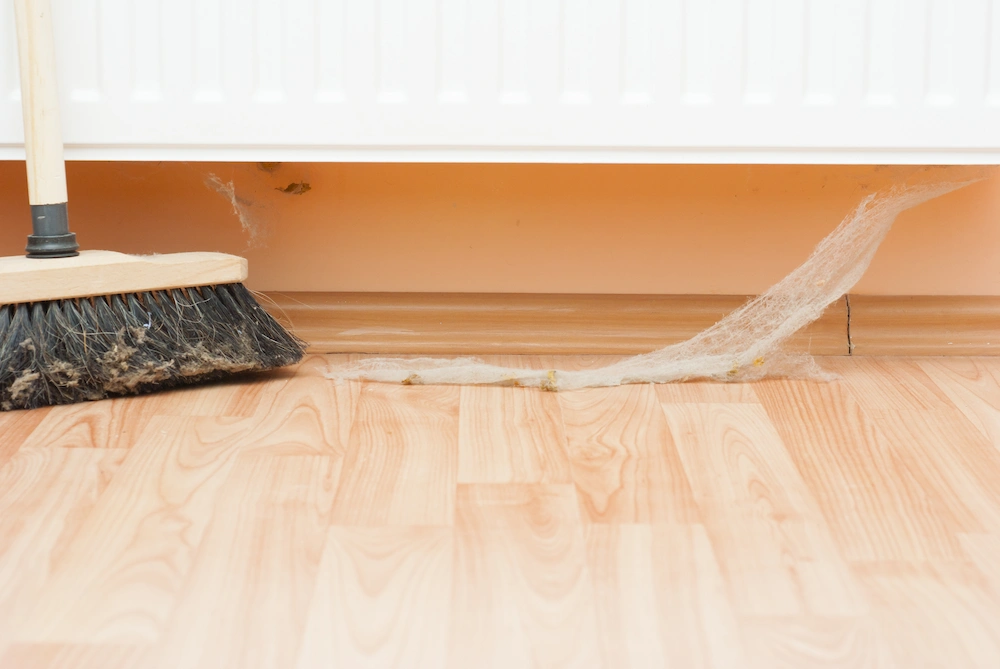
Domestic house spiders aren’t so attached to their webs that they won’t move on when the web is ineffective. If the web doesn’t get any insects, the spider will move to a new area and start anew. Spiders need to eat, so moving to new locations is essential to their survival. Abandoned webs collect dust since these spiders tend to build webs near air currents, so keep an eye out for dusty webs.
7. They’re much more likely to survive indoors.
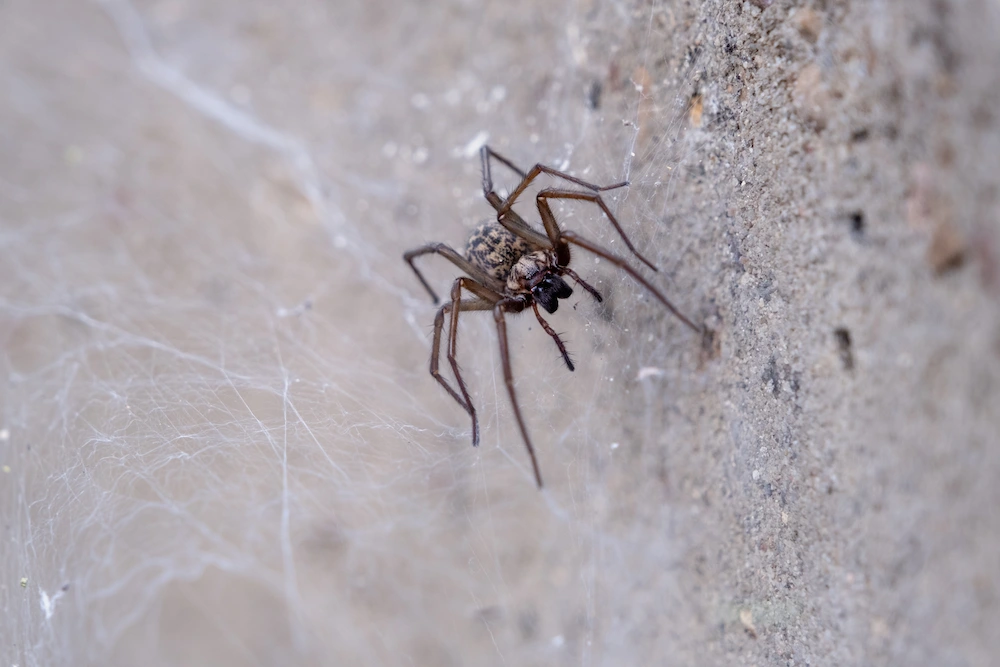
To put it bluntly, domestic house spiders won’t survive outdoors. The cold and nocturnal predators are invincible enemies to these pests. House spiders are named for their favorite habitat, which is also the place that they’re most likely to thrive. They live about 1 year on average, but these spiders can live up to 7 years if they have access to food and humidity.
8. They are not picky with habitats.
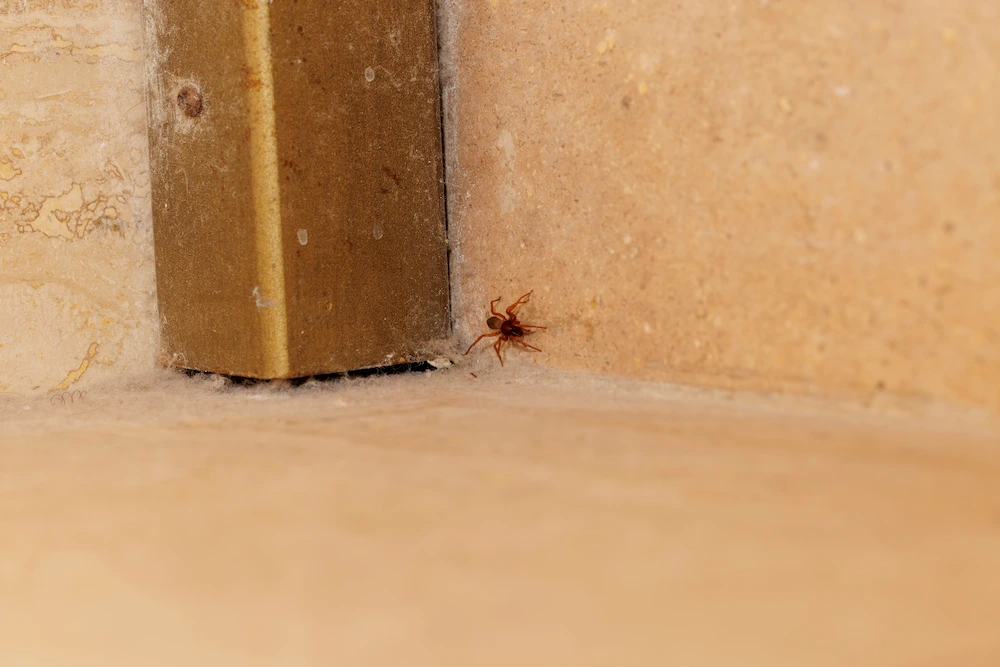
The only true criteria for their habitat is that it has to have reliable food sources — aka other pests. Domestic house spiders are most often found in attics, closets, basements, sheds, garages, lofts, and crawlspaces. They’re also spotted in corners of living rooms when they try to hide near furniture. All of this to say, the easiest way to prevent house spiders is to seal cracks and gaps in the house that they could slip through.
9. They’re scaredy-cats.
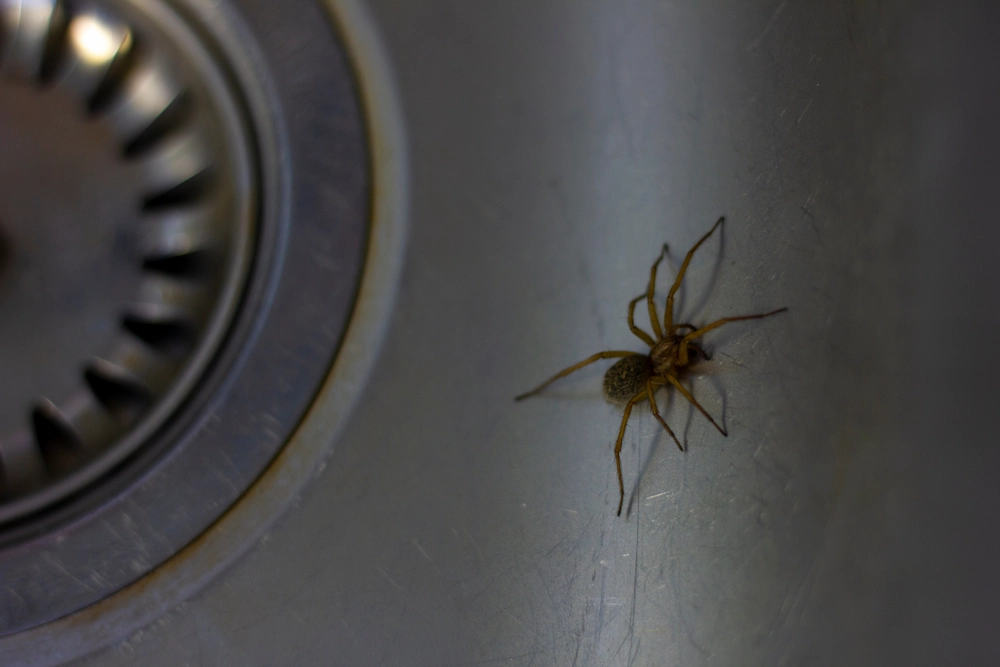
Although they’re undeniably creepy (no offense to them), domestic house spiders are far more scared of us than we are of them. These introverts would much rather retreat and hide than attack their enemies. Other spiders might run at us when they’re spooked, but not them. This is also why we don’t always spot spiders when they initially invade. They’re professional hiders!
10. Their bites are extremely rare.
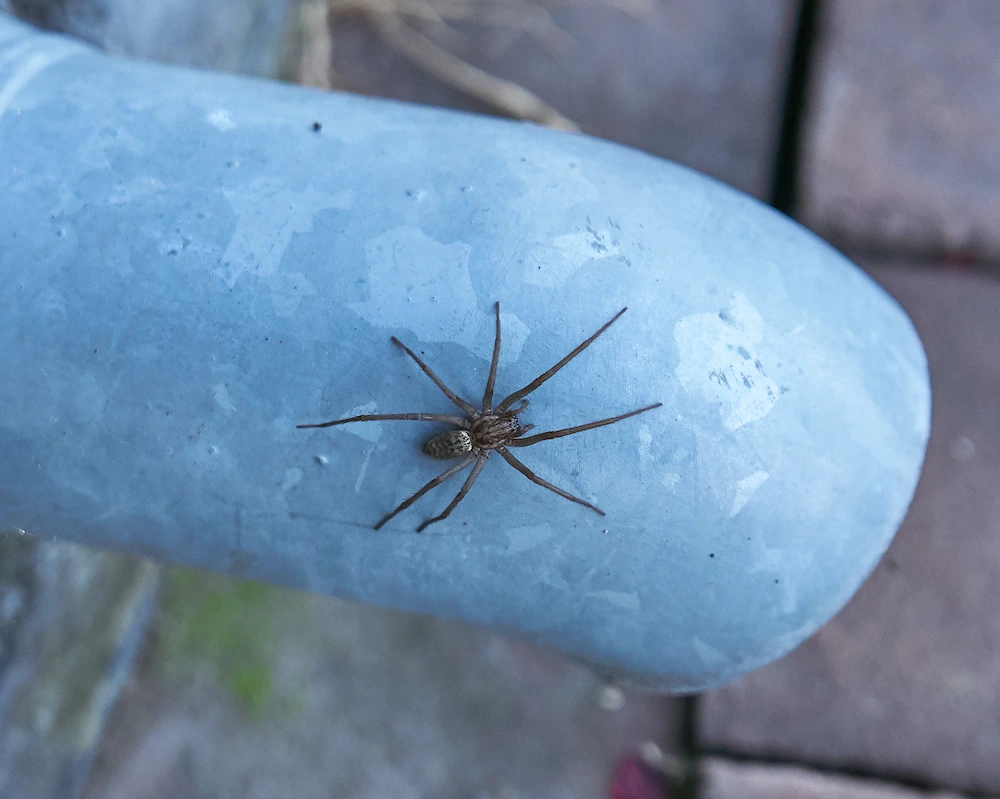
The reason why we say domestic house spiders are “mostly” harmless is because there’s technically a chance you could get bitten. These bites are extremely rare and only occur when the spider is cornered or handled. But even then, it’s not a guarantee that the spider will bite, so there’s no need to worry. Their bites are usually red and itchy, and the pain is said to be relatively minimal.
If your bite symptoms worsen or you have an allergic reaction (trouble breathing, dizziness, etc.), please seek medical attention immediately.
Got Spiders? Call Romney!
House spiders might be (relatively) harmless, but that doesn’t mean they’re welcome in our homes. At Romney Pest Control, our licensed technicians don’t waste time with surface-level treatments. Instead, we assess the situation, determine the pest species involved, and create a customized treatment plan for the property.
We understand the importance of a pest-free home. That’s why our team is dedicated to solving every local pest issue as efficiently and safely as possible. Leave the hassle of pest management to the pros and contact us for a free quote on our effective services!
Citations
Common house spider. (n.d.). Rentokil Dallas. Retrieved August 19, 2025, from https://dallas.rentokil.com/pest-info/spiders/common-house-spider/
House spider (n.d.). Natural History Museum. Retrieved August 19, 2025, from https://www.nhm.ac.uk/take-part/identify-nature/spiders-in-your-home/house-spider.html
House spiders. (n.d.). Pest World. Retrieved August 19, 2025, from https://www.pestworld.org/pest-guide/spiders/house-spiders/

